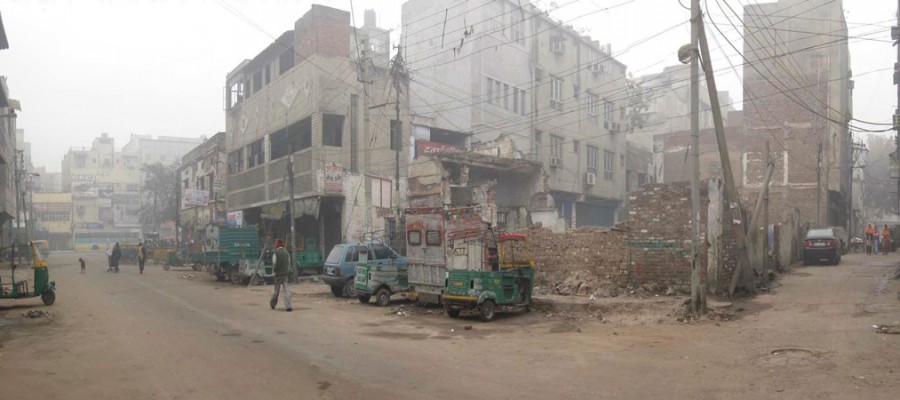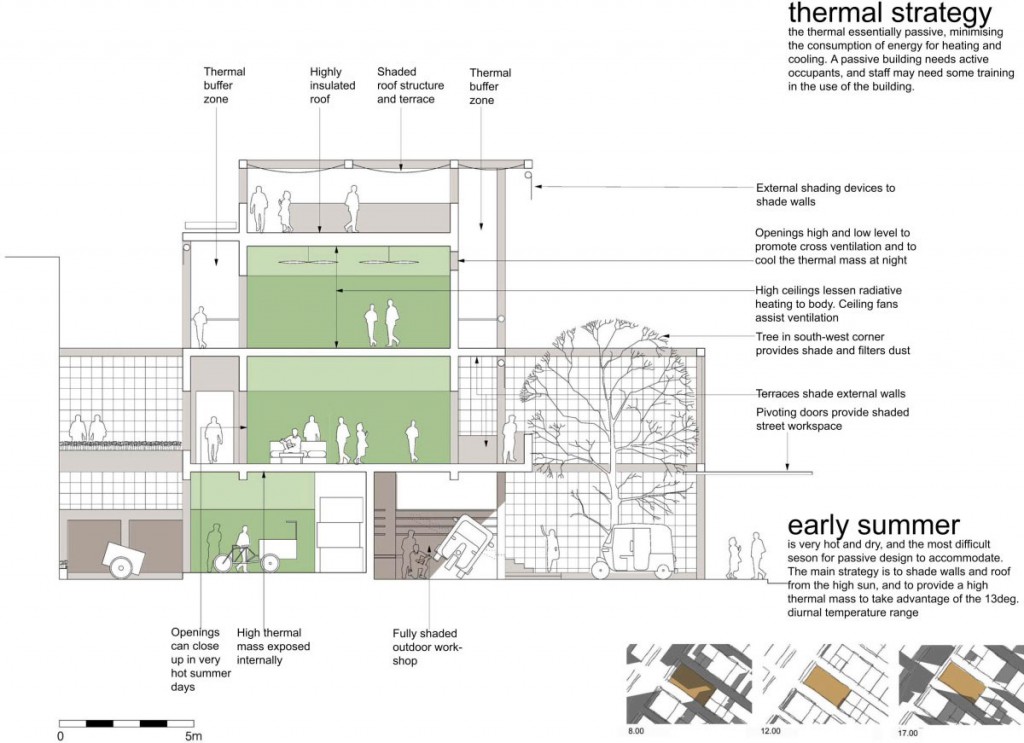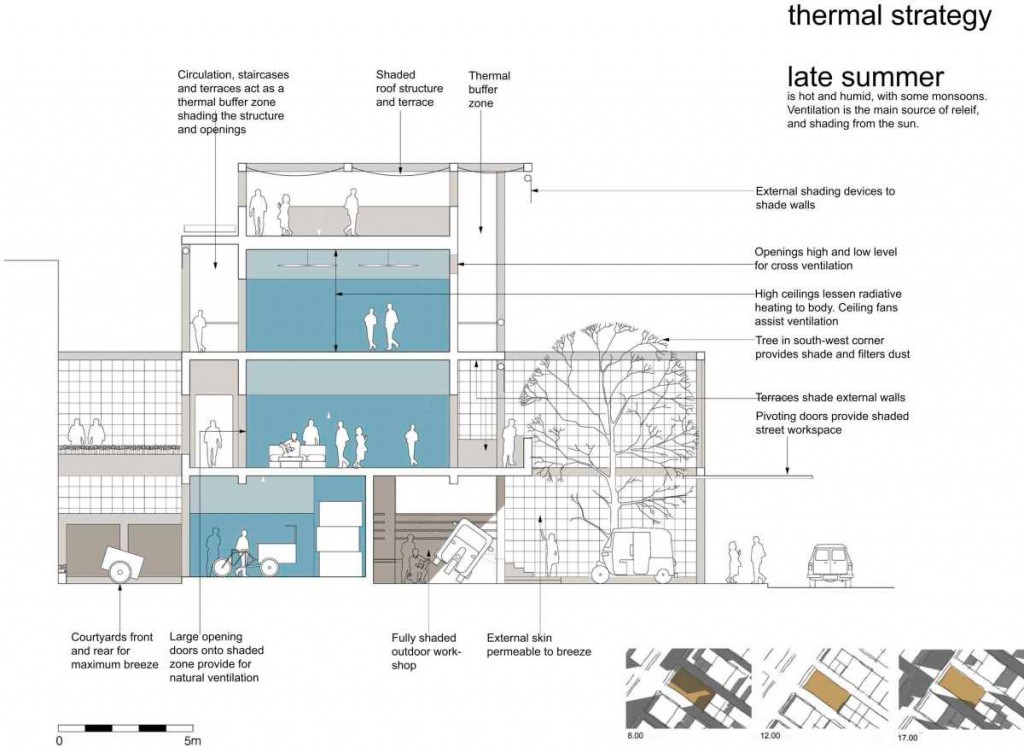A typical run down city block in outer New Delhi, where a high proportion of residents are economic migrants or squatters
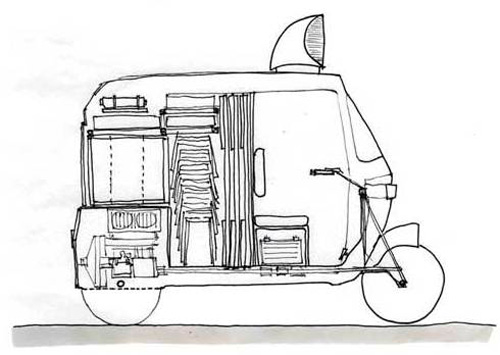
The Tuk Tuk school is a major departure for Learning Planet, into inner cities, for the first time. It’s the brainchild of our design lead, Conrad James
While in Delhi, Conrad wonderered if the children of migrant workers in the huge, sprawling squatter settlements were going to school. He wanted to find out how the city was coping with these migrant children.
Touring the slums, he found so many who’d simply fallen through the cracks of the school system. So he spent a few months honing a wild idea.
Now, after talking to local educators, residents, kids, and NGOs on the ground, the Tuk Tuk school is our first attempt to make that idea work.
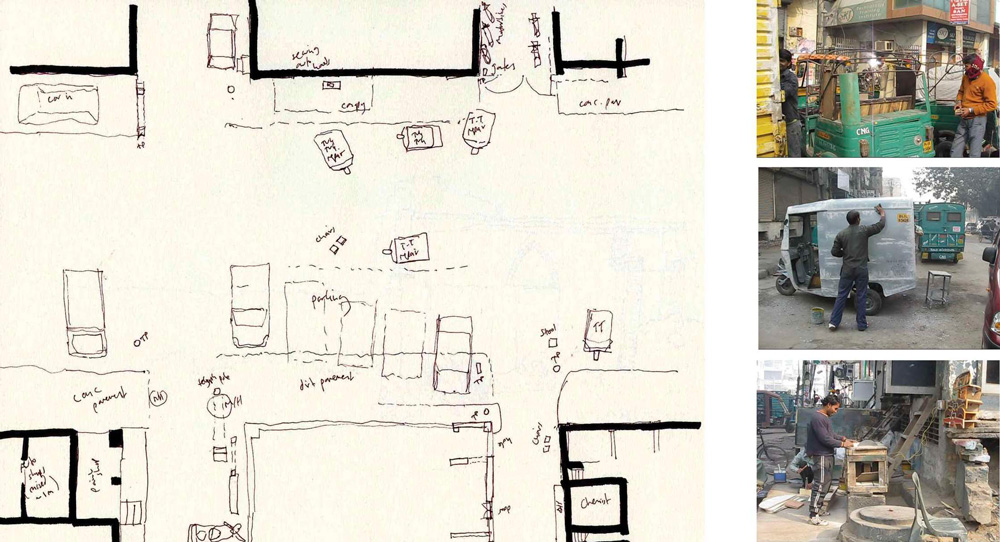
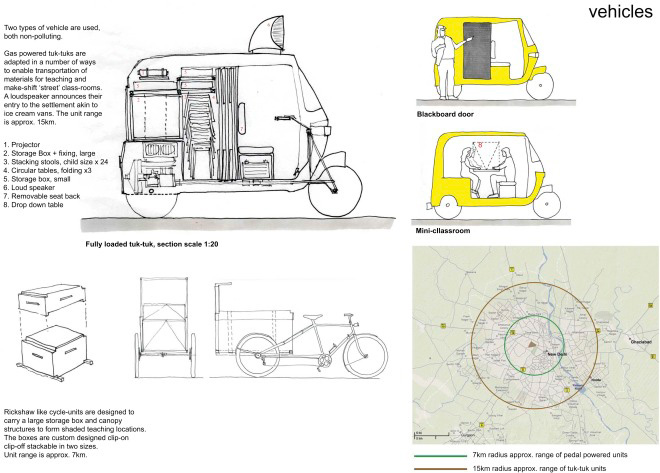
The School
The Tuk Tuk school is a mobile school designed to serve urban migrant children in street and squatter settelements. At the tuk tuk school, learning is fun, flexible, and mobile. The emphasis is on creative pursuits.
The school consists of adapted vehicles for out-reach teaching, and a centre with a workshop to house and service them, with training and administrative facilities. The school is staffed and managed by local residents.
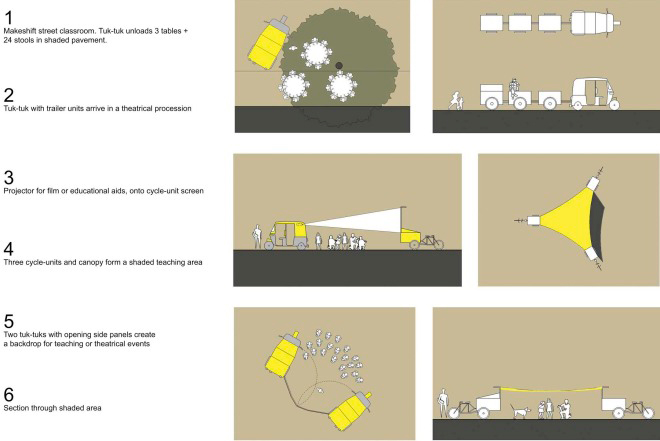
Why take the teachers to the children?
Traditional, fixed time schooling, may simply not work in areas where kids are often required to help their parents during working hours. And local educators can find it very difficult keeping up with rapidly changing migrant populations in (generally) illegal settlements.
Informal, out-reach schooling, is a flexible solution that can fit around these commitments, and give migrant children educational, creative or artistic opportunities that they’d not find elsewhere.
Out-reach teaching has traditionally been focused on rural areas, where basic village schools are supplemented by additional skills and equipment. But in areas where child labour is (sadly) not yet rigorously banned, urban, migrant children may have even fewer educational opportunities – with pressure to spend their time earning, for themselves or their families.

Sustainability
The aim, in each metropolitan location, will be to create a self feeding organisation. Skills learned in one area will be transferred, as centres expand, but we’ll recruit and train people from the settlements themselves – to continue, develop and expand the organisation.
Partners
The school will partner with local organisations who are already on the ground, wherever possible. Almost all illegally built squatter settlements have no teaching facilites of their own, but some very good NGOs are already working tirelessly in slum education in many large cities. For curiculum development, teacher training, and initial staffing, we’ll work with these existing stake holders, wherever we can.
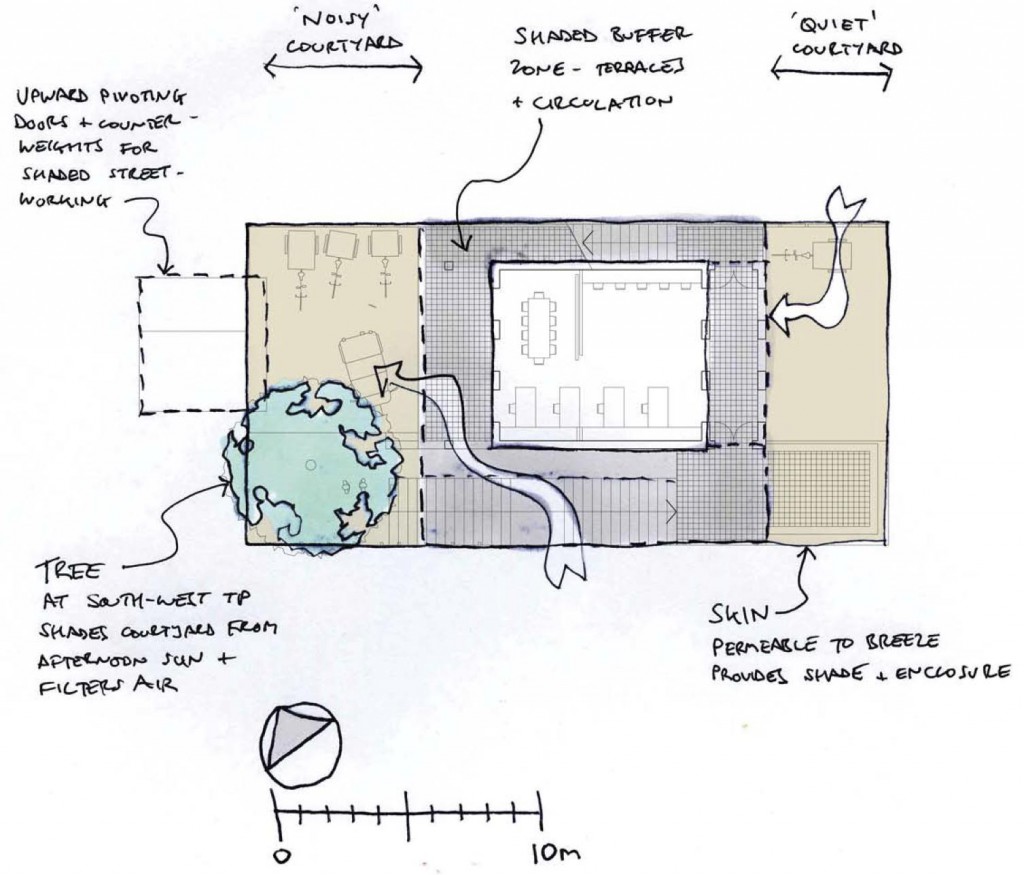
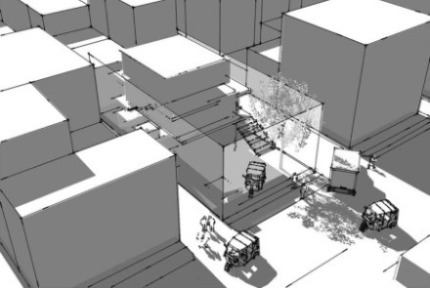
The Centre
The centre is designed to be a low cost, thermally efficient space, which functions as a building within a building.
An outer skin defines the site and provides enclosure to a series of spaces within; some external, some internal and some in between.
The skin is permeable to the breeze and provides some shade to the courtyards at the front and back with planting and graphic screens, some designed to take advertising.
Terraces and circulation provide shaded thermal buffer zones to the internal rooms. A tree provides shade and filters dust.
The intention is to create a pleasant environment at low cost, the skin acting as a veil, partly revealing, partly concealing an economically built but richly layered building. Initially it’s a simple 2 story structure, with a further story added later as the project expands.
Below you can see how the design responds thermally, minimising the consumption of energy to help create a sustainable building.

